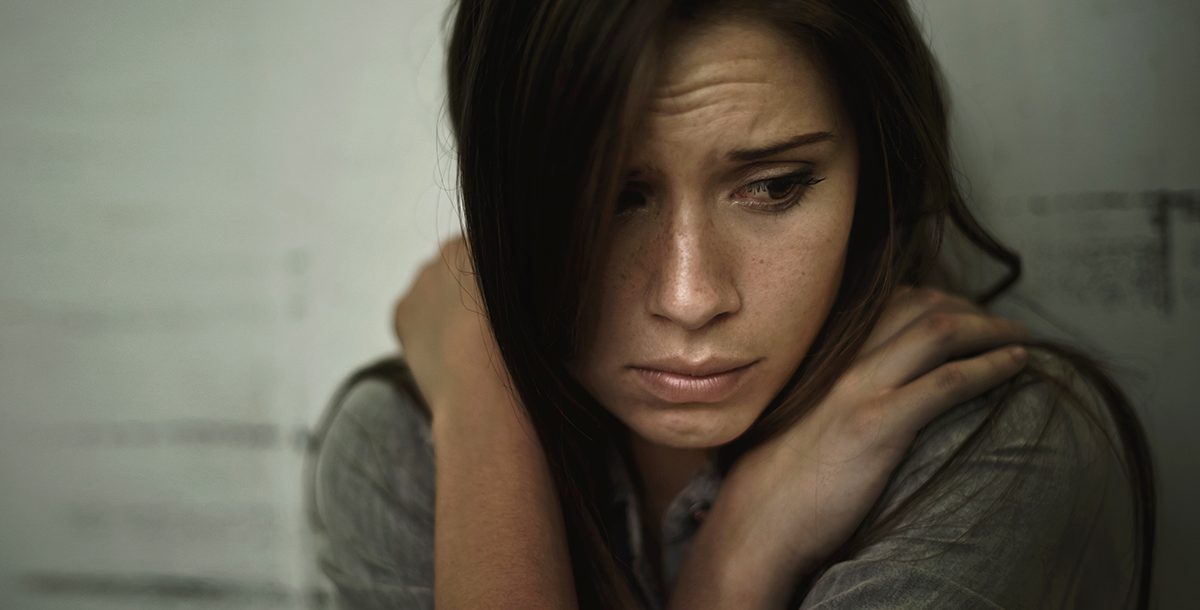Human trafficking takes many forms in the United States and affects people of all genders, ages and circumstances. Be sure to learn about the red flags of human trafficking so you can look out for them in your community.
Red flags of human trafficking
Human trafficking victims are often in plain sight. While both genders are at risk for human trafficking, females are nearly eight times more likely than males to be victims.
In 2019 alone, an estimated 6,423 adults and 2,488 minors were reported as human trafficking victims in the United States. These include both US citizens and foreign nationals.
The signs of human trafficking are similar and include, but are not limited to, the following:
- The person avoids making eye contact when speaking to you.
- They are not allowed to or seem scared to speak for themselves.
- The responses the person gives seem scripted or rehearsed.
- You cannot speak to them alone or someone else is constantly with them.
- They don’t have any identification, such as a passport or driver’s license, or the employer is keeping these documents for them.
- They have branding marks such as tattoos, cigarette burns or bruises, especially on their neck or lower back.
- They live with their employer or at their place of employment.
- They are working long hours.
- The person doesn’t know where they are, has traveled a lot or is coming from another area.
- They seem poor, destitute and have few, if any, personal possessions and may wear the same clothes regardless of circumstances or weather.
- The person appears malnourished, in poor physical health, has poor dental health or poor hygiene.
- The place where they live or work has security measures that appear to keep people in, such as bars covering the insides of windows or barbed wire on the inside of a fence.
- The person seems fearful or submissive.
- They appear to be afraid of law enforcement or other authority figures.
How we can help stop human trafficking in our communities
One of the best ways to stop human trafficking is to adopt the practice of “if you see something, say something.”
Now that you know the red flags of human trafficking, be aware of the people you:
- Work with
- Go to school with
- Ride public transportation with
- Meet in restaurants and other public places
Teach your family and friends about human trafficking warning signs, too. That way they can know what to look for as well.
What to do if you suspect human trafficking
Trust your gut feeling. It is better to be safe and risk being wrong about the situation than to ignore the signs and risk further harm to the victim.
However, if you suspect a child or adult is being trafficked, do not to try to rescue them yourself. You can’t be sure how the perpetrator will react and if they might cause further harm to the person or their family.
Instead, here’s how to help a victim of human trafficking:
- Call 911 and report your suspicions and the details of where the person is as well as the situation they are in.
- Call the National Human Trafficking Hotline at 1-888-373-7888 and report your information to the trained representative. The hotline is available 24 hours a day, seven days a week. Both victims of human trafficking and those who suspect human trafficking can call the hotline for help, answers to questions and resources.
Be aware of the red flags of human trafficking to be a part of the solution!
Also, learn about our mission programs at Mercy Health.





